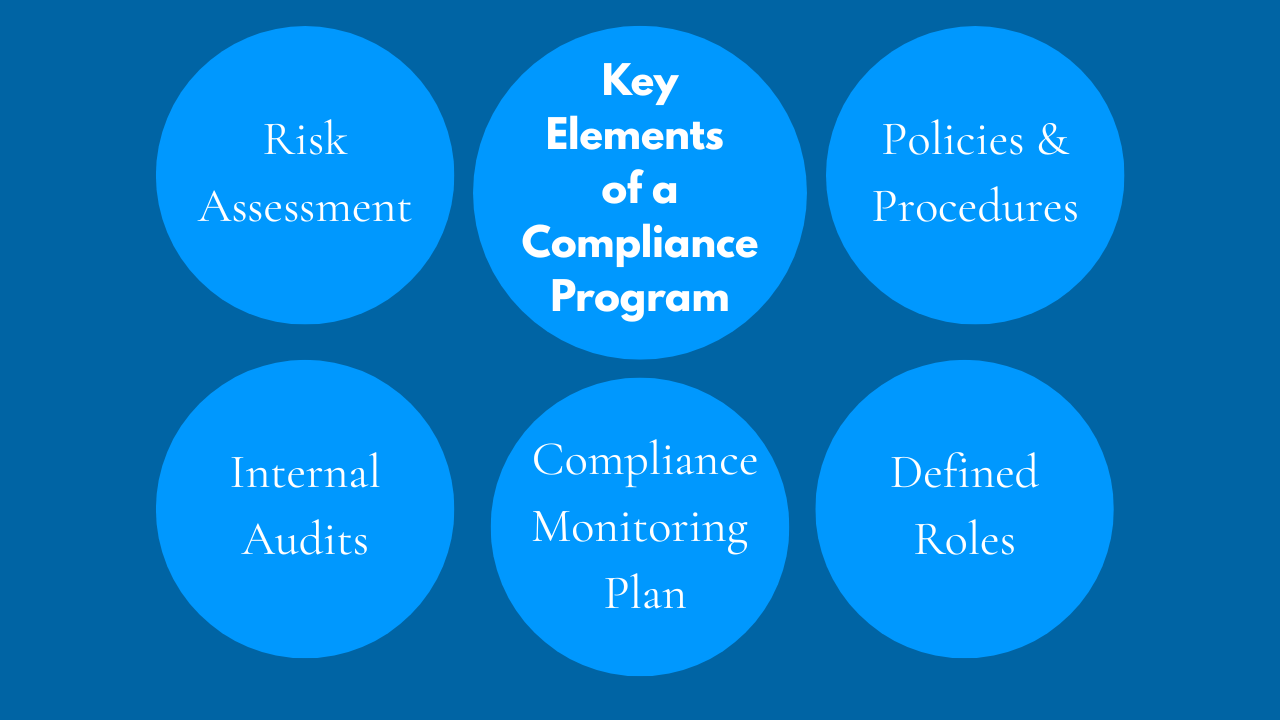For most organizations today, regulatory compliance isn’t optional, it’s essential. With evolving regulations, internal policies, and industry standards to manage, building a strong compliance program takes more than good intentions. It takes structured planning, clear ownership, and tools that simplify the process from day one.
That’s where compliance planning comes in. As the foundation of any successful compliance program, it enables teams to identify potential risks, meet legal obligations, and ensure compliance across business operations.
At Skematic, we work with organizations to strengthen their compliance efforts by aligning corporate compliance programs with real-world needs. Here’s why compliance planning matters, how to avoid common pitfalls, and what it takes to build a scalable and effective program.
Why Compliance Planning Matters
Effective compliance planning does more than check boxes, it:
- Aligns day-to-day operations with regulatory requirements and internal policies
- Minimizes compliance risks and avoids costly non-compliance penalties
- Supports ethical standards and legal obligations
- Protects the company’s reputation from compliance issues and legal violations
- Gives compliance officers clarity to monitor compliance confidently
- Ensures corporate compliance programs remain agile and up to date
Whether you’re in financial services, healthcare, or tech, having a plan in place means fewer surprises, better outcomes, and peace of mind.
Core Components of a Successful Compliance Program
A well-designed compliance planning strategy includes several key areas:
1. Risk Assessment
Start by identifying areas of vulnerability within your business. Conducting a formal risk assessment allows your team to proactively manage compliance risks before they escalate into legal issues.
2. Policies and Procedures
Strong compliance programs are built on well-documented policies and procedures that reflect applicable laws and company policies. These should be accessible, understandable, and regularly reviewed.
3. Defined Roles and Responsibilities
From compliance officers to senior leadership, every person on your compliance team should understand their role in supporting the program. Clarity leads to accountability.
4. Compliance Monitoring Plan
Compliance monitoring is essential for spotting issues early. Your monitoring plan should outline how you’ll track activities, assign responsibility, escalate violations, and document actions taken.
5. Internal Audits and Regular Assessments
To ensure regulatory compliance is ongoing, not reactive, conduct periodic internal audits. With Skematic, you can schedule these assessments, assign tasks, and connect them to your broader compliance monitoring plan.

Tips for Smarter Compliance Planning
Want to move your compliance program from reactive to strategic? Keep these tips in mind:
- Centralize your planning: Ditch disconnected spreadsheets. Use Skematic to manage compliance policies, planning tasks, and compliance monitoring in one system.
- Stay current on external regulations: Regulatory change is constant, build recurring reviews into your calendar.
- Provide training: Help employees follow policies with interactive e-learning modules and clear documentation.
- Document everything: From task assignments to audit trails, documentation supports due diligence and legal defense.
- Involve senior management: A compliance program is only as strong as its leadership support. Make sure your business case resonates at the top.
How Skematic Helps
Skematic was purpose-built to support smarter compliance planning and execution. Our platform includes:
- Centralized dashboards for compliance planning and monitoring
- Automated workflows to assign, track, and escalate tasks
- Real-time visibility into audits, risk assessments, and deadlines
- Role-based access and accountability for compliance officers and team members
- Built-in tools to document procedures, track regulations, and reduce non-compliance risk
Whether you’re just starting out or scaling an existing program, Skematic simplifies the complex and helps organizations operate with integrity and control.
Plan Smarter. Operate Stronger.
A thoughtful, proactive compliance planning strategy is the backbone of any successful compliance program. It ensures alignment with legal obligations, prevents costly non-compliance penalties, and enables ethical behavior across your organization.
See how Skematic helps you stay ahead of regulations, monitor compliance, and protect your business every step of the way.
Ready to take the guesswork out of compliance?Request a Demo



